
By Alan Ting
KOTA KINABALU: China’s illegal claims over the South China Sea has put it in a collision course not only with other Association of Southeast Asian Nations (ASEAN) claimants including the Philippines, Vietnam, Malaysia and Brunei but the West, which seeks to maintain free and open sea lanes under its “freedom of navigation” doctrine.
Being wary of Vietnam and being in stalemate with the Philippines, which can count on the US as a defense treaty partner, the only avenue for expansion for China for the time being is Malaysia, a country which remains quiet despite the multiple violations of its maritime and aerospace exclusive economic zone (EEZ).
Certain high profile violations have forced the hand of Malaysia to at least raise a muted protest, these violations are growing in scope and seriousness, and should Malaysia not move to protect its interests, it will find itself forced out of an economically vital area that provides its population with employment, fish and food security and provides its government income in the form of oil and gas sales.
In the face of these overwhelming challenges, Malaysia’s political class seems paralysed and even domicile with Prime Minister Anwar Ibrahim going as far as to say that he is “reassured” with Chinese explanations that Malaysia’s interests will be unharmed. Common sense however points to the opposite and here is a refresher of what Malaysia faces and could lose over the lack of political will to confront these challenges:
West Capella Incident
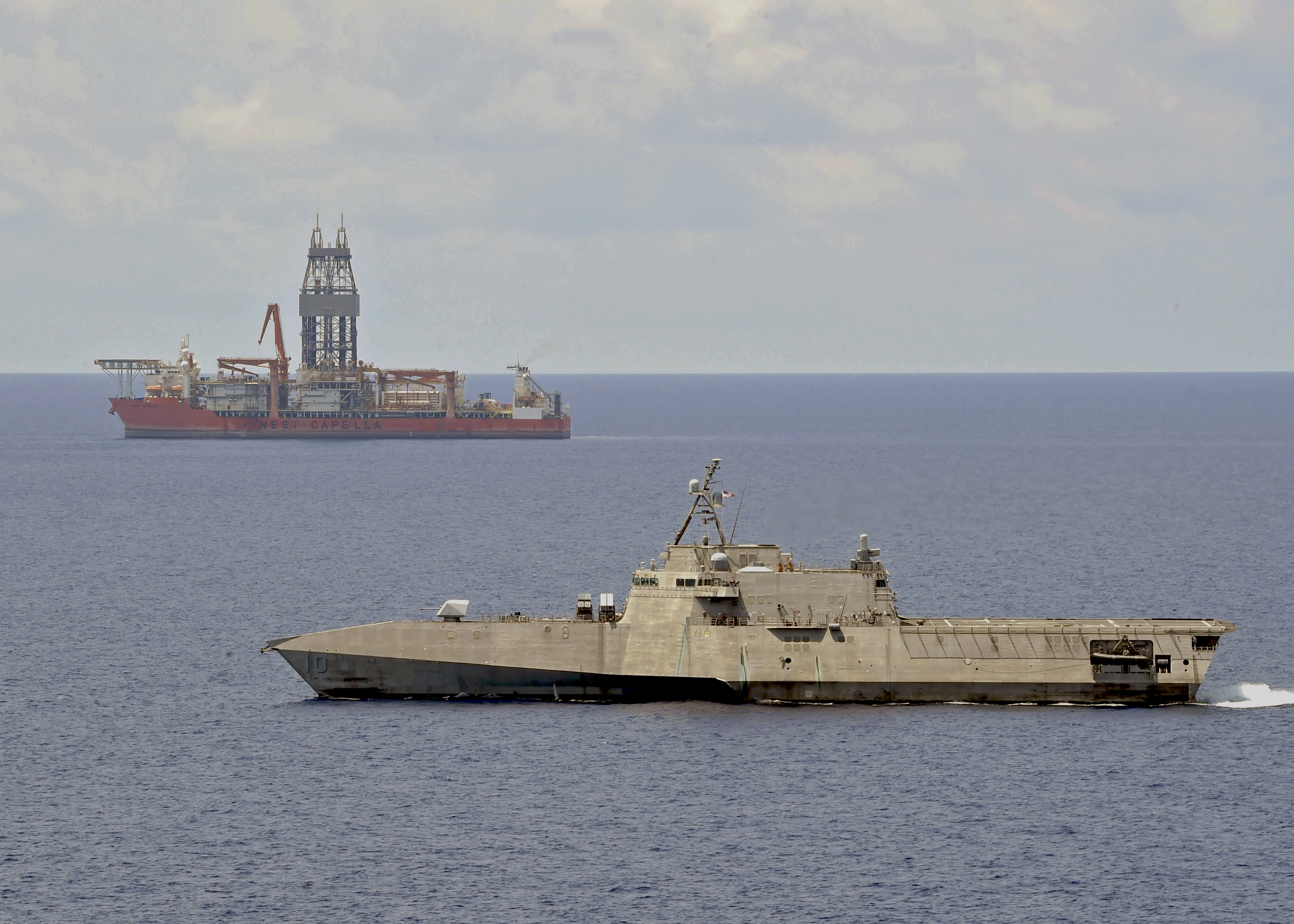
The West Capella, a drillship operated by Seadrill and contracted to Malaysia’s national oil and gas (O&G) company Petronas in April 2020 had faced constant and dangerous harassment from China via its so called coastguard vessels which in reality are ships from the People’s Liberation Army Navy (PLAN) and elements of China’s maritime militia as it surveyed for deposits in Malaysia’s exclusive economic zone over several months.
Not only did China deploy its own survey ships in the area with armed escorts, Chinese vessels also approached within visual distance of the West Capella in an attempt to intimidate Malaysia. However the appearance of US naval vessels and an Australian naval ship approached in the area finally unnerved the Chinese vessels, forcing them to back down and leave Malaysia’s (EEZ) highlighting the importance of multilateral cooperation and security alliances in facing down such territorial intrusions.
Da Yang Hao Intrusion
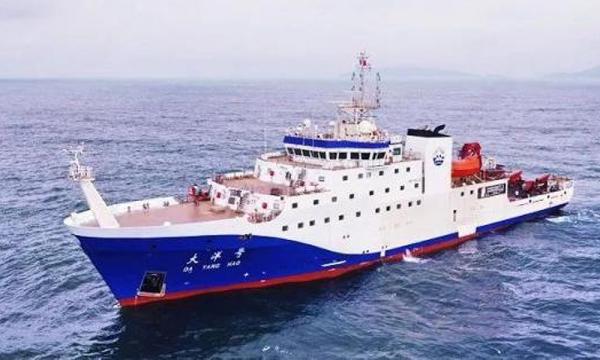
A more serious incident was the Chinese survey vessel Da Yang Hao, which had breached Malaysia’s EEZ with the likely purpose of surveying for O&G deposits which belong to Malaysia. Despite the flagrant violation of international rules and norms, the vessel refused to leave the area until Malaysia finally summoned the Chinese ambassador to protest the intrusion.
“Da Yang Hao was obviously there as a form of protest against Malaysia’s oil and gas activities so China has probably calculated that they’ve made their point and left,”according to Sharihman Lockman, a senior analyst at Malaysia’s Institute of Strategic and International Studies (ISIS).
Chinese air force overflight
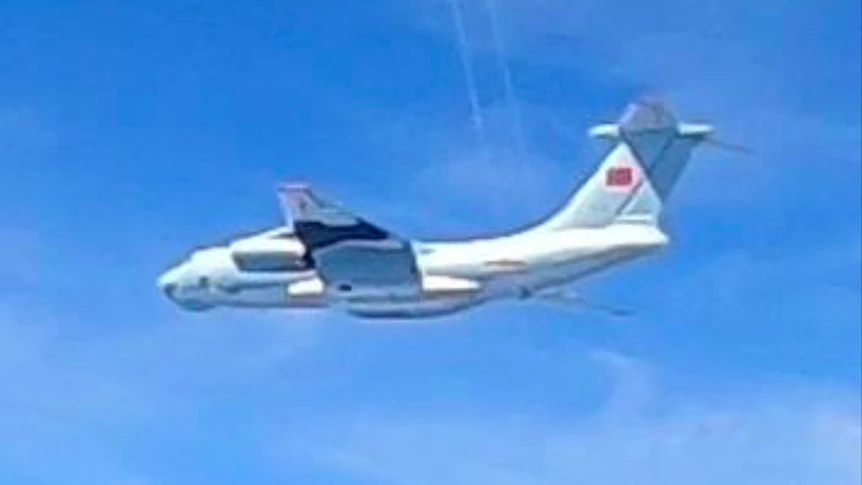
On 31 May 2021, Chinese leader Xi Jinping said he wanted China to have “a credible, lovable, and respectable image”, stressing China must expand its circle of friends in international public opinion. That same day, 16 People’s Liberation Army Air Force (PLAAF) aircraft flew into airspace 40-60 nautical miles off Malaysia’s Sarawakian coast. The overflight prompted the Royal Malaysian Air Force (RMAF) to scramble Hawk light combat jets to intercept the aircraft.
In a departure to Malaysia’s typically muted response to such incidents, the flight of heavy lift aircraft so close to its shores prompted the Malaysian armed forces to step up despite the usually complacent attitude of Malaysia’s political leaders. This was a military not a political decision. Malaysia’s political class remains indecisive in the face of such threats.
Whether the overflight was a PLA-orchestrated move to probe Malaysia’s air defence and response capabilities remains unknown but likely this remains the most dramatic and serious intrusion as it could have resulted in the shootdown of Chinese aircraft should they have refused to change course and potentially sparking a security crisis.
Even more disturbingly, some analysts speculated that China might be testing Malaysia’s political resolve, while others contended Beijing was demonstrating it can thwart Malaysia’s ability to “defend its frontier Bornean states”.
On going illegal fishing
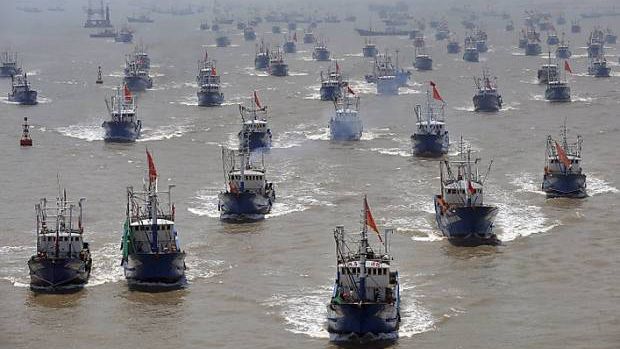
The South China Sea (SCS) is not only the main source of animal protein for the coastal communities of Asia, but also one of the world’s most productive fishing zones, producing approximately 12 percent of global fish catch in 2015.
The area is vital for Malaysia’s food security as the country relies heavily on the catch from the area as a source of protein, not to mention the vital and economic importance of the activity to local fishermen and the coastal communities that depend on fishing. China’s fishing fleets are typically escorted by armed vessels, posing an additional risk to those plying their trade in the area.
China’s illegal fishing is particularly a sore point and has drawn condemnation from the Philippines, Vietnam, Indonesia but Malaysia remains muted in its response, only blaming “foreign vessels” for such activities while refusing to call out China by name.
China's New standard Map
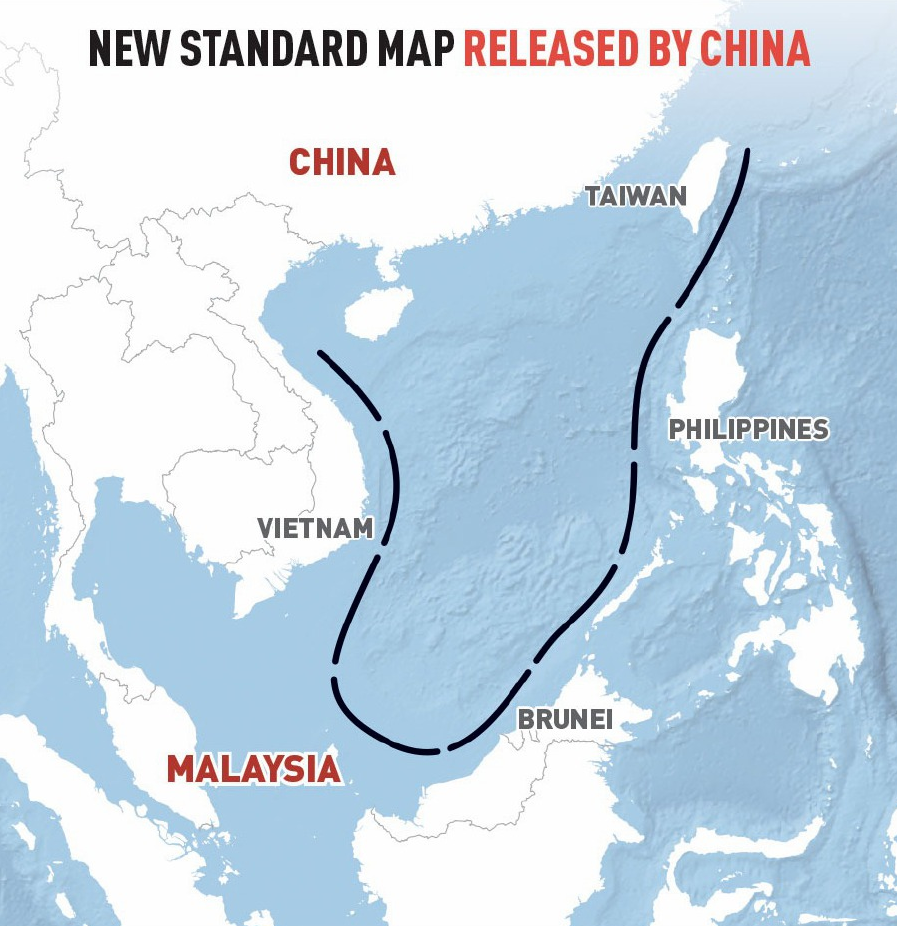
While physical intrusions are bad enough, it is the belligerent intentions of the Chinese Communist Party (CCP) which are the greatest threat. The 2023 China Standard Map issued by the country's Ministry of Natural Resources includes a significant portion of Malaysian waters near Sabah and Sarawak, cutting deep into Malaysia’s EEZ.
The map signals China’s intent, militarising the area to build up its breakout ability in the event of any future conflict, putting its military assets within easy striking distance to Singapore and the Malacca Straits while attempting to legitimise its illegal claims in the area.
This signalling of unfriendly intentions is something that South China Sea claimants, especially Malaysia need to wise up to and prepare for. Failing to prepare for the very real possibility of a territorial grab will see Malaysia being cut off from this vital area, putting at risk its economic interests and ultimately its territorial sovereignty.
This list is only the tip of the iceberg: China conducts widespread illegal sand mining that has seen whole islands disappear and coastal erosion worsen, and has even seen historical shipwrecks such as the World War Two British vessels HMS Prince of Wales and HMS Repulse being cut up for scrap by thieves, not only desecrating these war graves but denying the country valuable tourism income.
Should Malaysia fail to see how it is steadily being pushed out of its own EEZ in the South China Sea and take appropriate measures such as strengthening its multilateral defense corporation, bolstering its armed forces and deterrent capability and leverage on international mechanisms and diplomatic tools, it will find itself rapidly cut off from its own vast natural resources and even more dependant on handouts from those stealing from it.




0 Comments
LEAVE A REPLY
Your email address will not be published